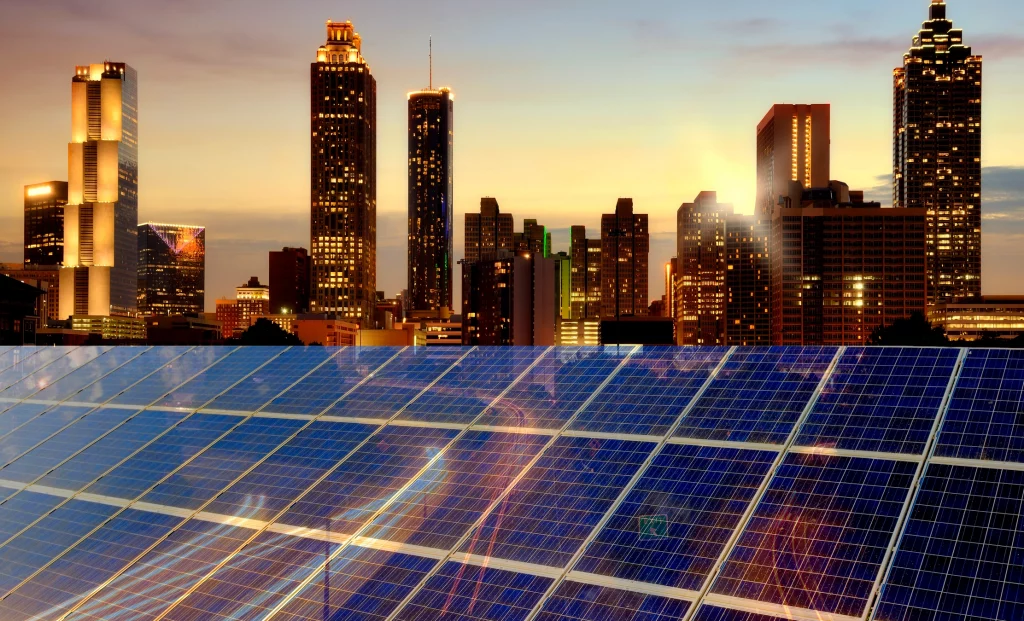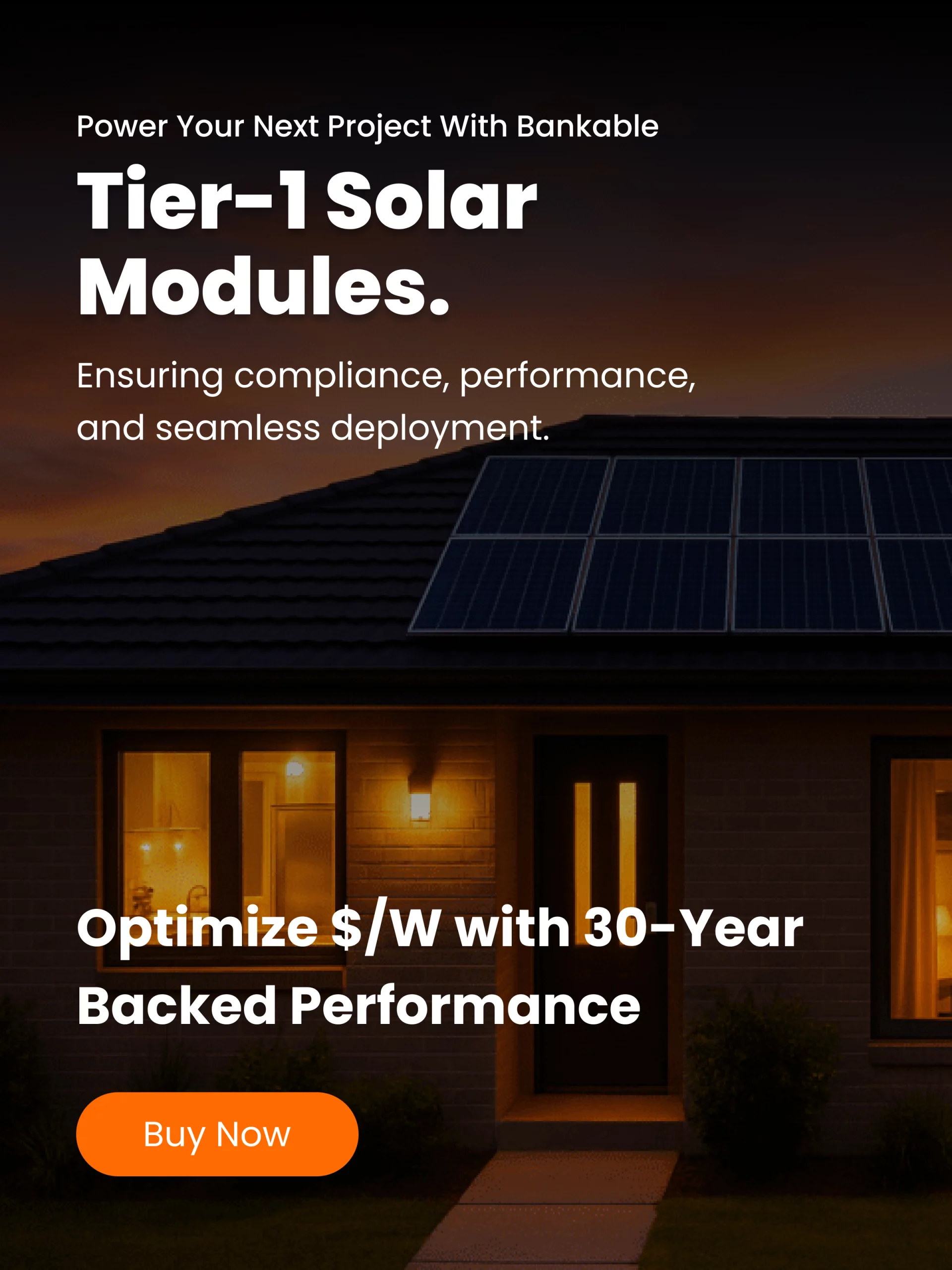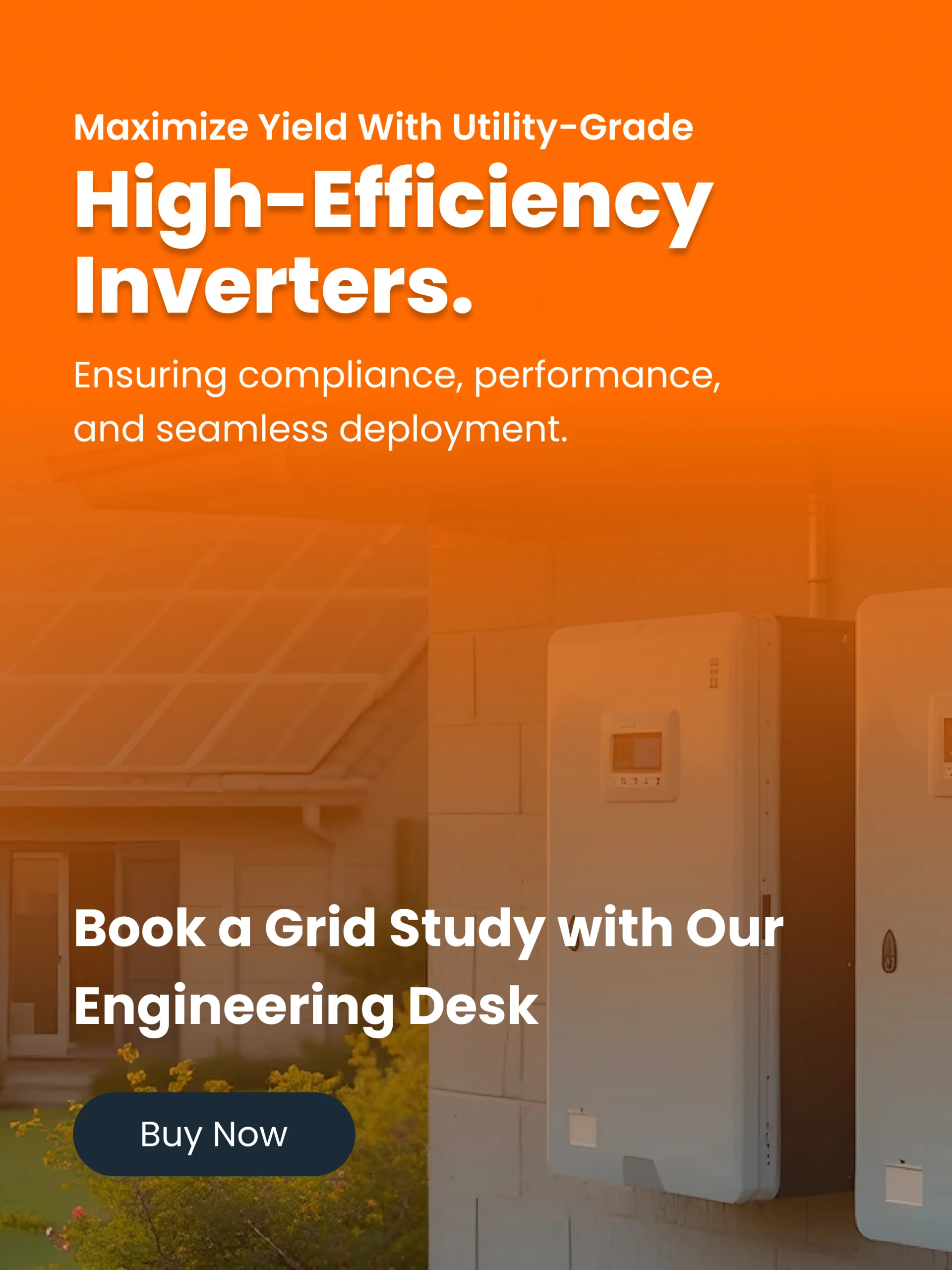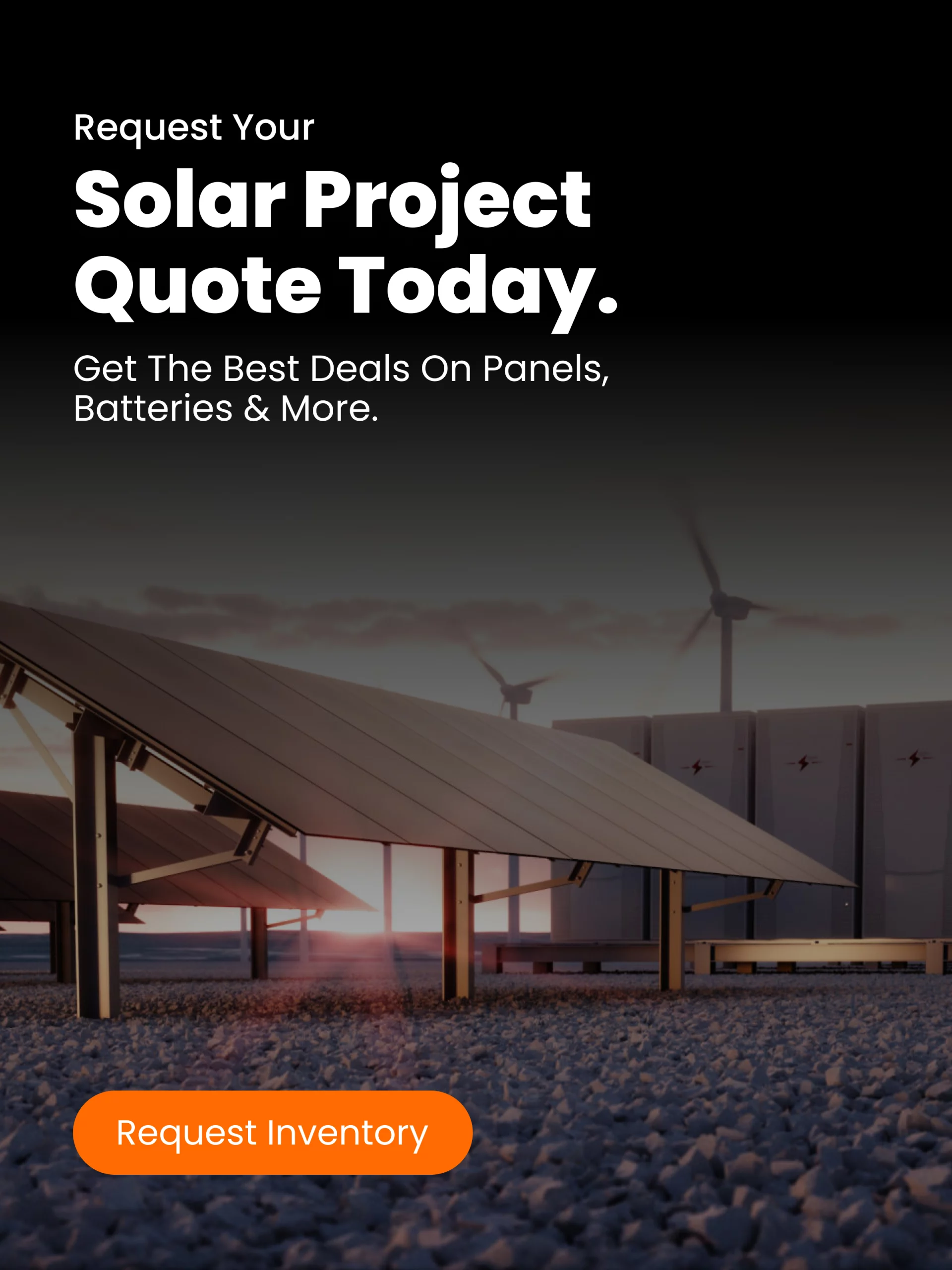In 2025, commercial buildings, including offices, warehouses, hotels, and shopping centers, are increasingly adopting solar energy solutions. This shift is driven by several factors:
Rising Utility Costs: Electricity prices continue to climb, prompting businesses to seek cost-effective alternatives.
Grid Reliability Concerns: Frequent power outages and grid instability are pushing companies to invest in self-sustaining energy sources.
Regulatory Pressures: Governments and investors are imposing stricter sustainability standards, making renewable energy adoption more attractive.
The U.S. Energy Information Administration (EIA) projects that solar energy will be the fastest-growing source of electricity in the U.S. through 2025, with nearly 79 gigawatts (GW) of new solar capacity expected to come online in the next two years.
How Commercial Solar Works: The Basics
Solar power systems operate through the photovoltaic (PV) effect. Here’s a simplified breakdown:
Solar Panels: Composed of silicon cells, these panels capture sunlight and convert it into direct current (DC) electricity.
Inverters: These devices convert DC electricity into alternating current (AC), which is used by most commercial electrical systems.
Energy Storage (Optional): Batteries or other storage solutions can store excess energy generated during the day for use at night or during peak demand periods.
Top Benefits of Solar for Commercial Buildings
1. Significant Cost Savings
Electricity is a major operational expense for commercial properties. By installing solar panels, businesses can offset a substantial portion of their energy consumption. While the initial investment is considerable, the long-term savings are substantial. Many commercial solar systems offer a return on investment (ROI) within 3 to 7 years, depending on location, system size, and available incentives.
2. Increased Property Value
Properties equipped with solar energy systems are often valued higher due to reduced operating costs and enhanced sustainability credentials. Studies indicate that buildings with solar installations tend to sell faster and at higher prices compared to those without.
3. Access to Tax Incentives and Rebates
The federal government offers the Investment Tax Credit (ITC), allowing businesses to deduct 30% of the cost of installing a solar energy system from their federal taxes. However, recent legislative changes have introduced stricter timelines.
Projects must begin construction by July 4, 2026, and be placed in service by December 31, 2027, to qualify for the full 30% credit.
Additionally, many states and utilities provide rebates, property tax exemptions, and other incentives to further reduce the financial burden of solar installations.
4. Enhanced Energy Resilience
Integrating solar energy with battery storage systems can provide backup power during outages, ensuring that critical operations continue uninterrupted. This is particularly valuable for businesses in areas prone to natural disasters or grid instability.
5. Low Maintenance and Long Lifespan
Solar panels have no moving parts, resulting in minimal maintenance requirements. Most systems come with warranties of 20 to 25 years, and many continue to operate efficiently beyond that period. Routine maintenance typically involves cleaning panels and occasional inspections.
6. Positive Environmental Impact
Adopting solar energy reduces greenhouse gas emissions and reliance on fossil fuels. For businesses aiming to meet environmental, social, and governance (ESG) goals, solar energy serves as a tangible commitment to sustainability.
Additional Trends and Considerations
Declining Costs: The cost of solar panels and installation has decreased over the years, making solar energy more accessible to businesses of all sizes.
Utility Policies: Net metering and export credit policies vary by state and can significantly impact the financial benefits of solar installations. It’s essential to understand local regulations before proceeding.
Storage Solutions: The adoption of battery storage systems is increasing, allowing businesses to store excess solar energy for later use, enhancing energy independence and cost savings.
What Businesses Should Consider Before Going Solar
Before investing in a solar energy system, businesses should evaluate:
Site Suitability: Assess roof space, orientation, and shading to determine the feasibility of solar installations.
Financial Options: Explore purchasing, leasing, or power purchase agreements (PPAs) to finance the system.
Regulatory Environment: Stay informed about federal, state, and local policies that may affect solar energy adoption.
Energy Consumption Patterns: Analyze energy usage to design a system that meets specific needs and maximizes savings.
Measuring ROI: What the Numbers Look Like
To estimate the ROI of a commercial solar system, consider:
Upfront Costs: Installation, permitting, and equipment expenses.
Incentives: Federal, state, and local rebates and tax credits.
Energy Savings: Reduced electricity bills over time.
System Performance: Expected energy production and efficiency losses over the system’s lifespan.
Many commercial solar projects achieve ROI within 3 to 7 years, after which the savings contribute directly to the bottom line.
Final Word
In 2025, solar energy offers commercial buildings a viable path to reduce operational costs, enhance property value, and contribute to environmental sustainability. With favorable federal incentives, declining installation costs, and increasing energy demands, there’s no better time for businesses to consider solar energy solutions.
Sources
U.S. Energy Information Administration (EIA) – Annual Energy Outlook 2025
Solar Energy Industries Association (SEIA) – Solar Market Insight Report Q2 2025
U.S. Department of Energy – Federal Solar Tax Credits for Businesses
Revel Energy – Solar Investment Tax Credit for Businesses: 2025 Incentives




